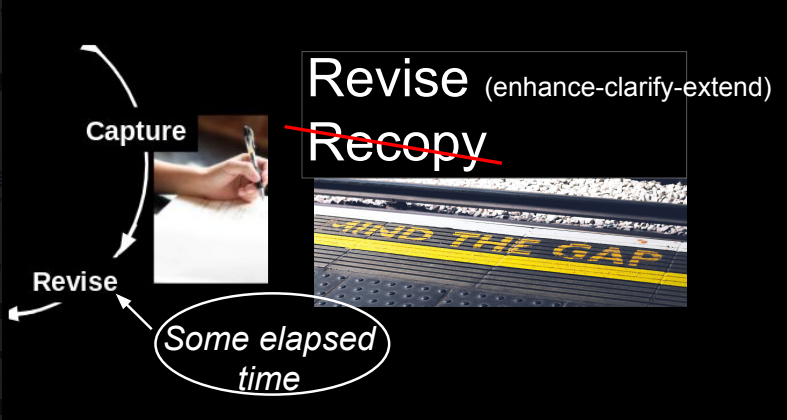 Previous blogs centered on strategies that enhance learning, which include interleaving, spacing, and retrieval. These are examples of “desirable difficulties,” the concept that students need tasks that challenge them to the right degree in order to learn best. They slow the rate of apparent learning and often optimize long-term retention and transfer.”
Previous blogs centered on strategies that enhance learning, which include interleaving, spacing, and retrieval. These are examples of “desirable difficulties,” the concept that students need tasks that challenge them to the right degree in order to learn best. They slow the rate of apparent learning and often optimize long-term retention and transfer.”
Desirable difficulties have two core features. “They require students to think harder but despite the difficulties, they succeed. Each of the active learning strategies mentioned appears to fit the criteria
Interleaving, or varied practice, involves mixing two or more related topics while students practice. Doing so will initially make them work harder than focusing exclusively on one topic. One experiment used math to ascertain the effect of interleaving compared to “blocked practice” after learning multiple problem types. Subsequent testing showed that those who had varied practice not only succeeded, but demonstrated “vastly superior” results.
Spaced practice requires dividing learning time over shorter periods lasting less than an hour rather than studying for multiple hours on one topic. While this method may at first appear difficult due to the lag between sessions, it is actually more effective in storing information into long term memory. Furthermore, the longer the interval between study, the better the result. “Neuroscience literature supports the use of shorter spaces between learning (of around ten minutes), and the cognitive psychology literature supports longer spaces (of around 24 hours).” As the intervals increase, the learning appears to increase. Dividing learning into “distributed practice” yielded higher final test retention: success.
Finally, easy learning is not better learning. There are two basic types of memory recall: recognition and retrieval. Recognition is easier, because it requires less mental effort. In active recall, the information must be retrieved from memory. “Retrieval practice boosts learning by pulling information out of students’ heads, rather than cramming information into students’ heads.” So, retrieval “forces the brain to create multiple brain paths” making the information more accessible.
Providing students with the opportunity to experience the right level of rigor may be challenging for the teacher, but it can benefit learning.

